Burning The Candle At Both Ends: Japan’s Grave Public Childcare Problem
The many flaws in how Japan approaches daycare
A rigid daycare enrollment point system. Underpaid staff. Rise of unlicensed ‘baby hotels’ daycare centers. There are too many issues to tackle.
As of April 2017, 47,738 children across Japan were on waiting lists to get placed in a certified daycare center, with particularly long lists in Tokyo, Okinawa, Chiba and Oita. In households across Japan, families are tearing their hair out, trying to find childcare so that mothers can get back to work. Yet, the currently existing daycare enrollment “point system” used to judge “worthiness” of being assigned one of the rare spots in daycare, is still keeping women away from the office in most of Japan’s larger cities.
Hearing the stories of families dealing with the system is both saddening and enraging in equal measure. Besides the often mentioned paperwork insanity, it is clear that the system was designed for a different generation and with the idea that one of the child’s parents (no guesses to which one) would not be working. But things are different now and Japan needs to implement a drastic change if it wants an increased birth rate and more women at the workforce.
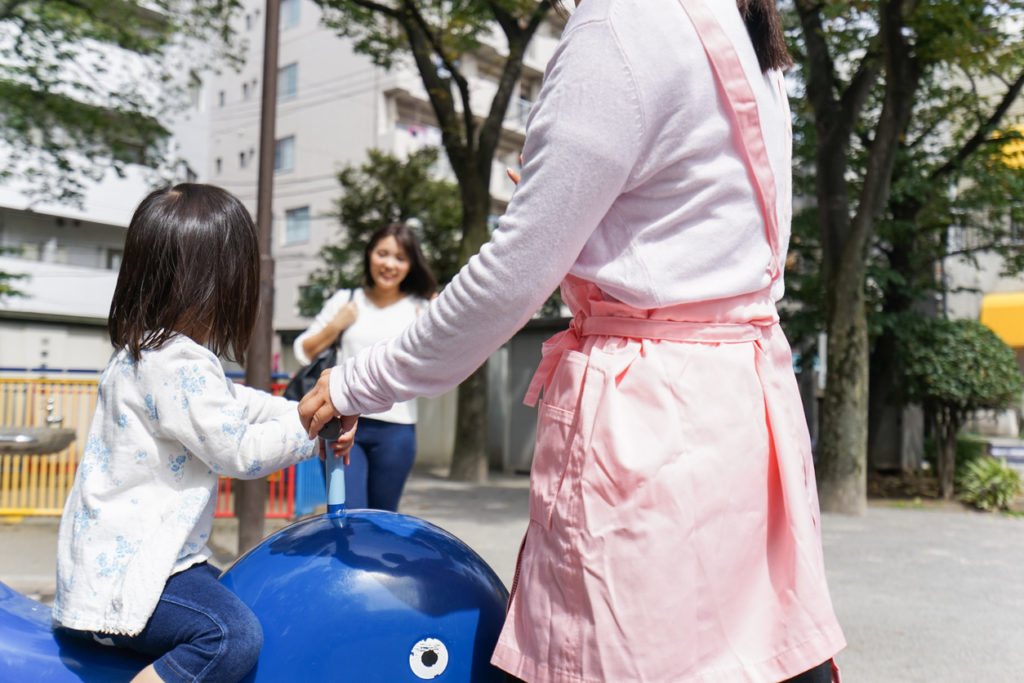
Japan’s daycare enrollment “point system”
Applications for public daycare in Japan are graded based on a point system, which varies depending on each prefecture and even city ward. Points are added or subtracted depending on a variety of factors, including a type of employment, health issues, and marital status. The more points you have, the more chances you have to enroll your child in a daycare, or higher your child will be placed on the waiting list. While in theory the system is supposed to make it simpler to prioritize those with the highest needs, in practice it is no longer working with the needs of 21st-century families — especially for families that have “non-traditional” jobs such as freelancing, for example.
One woman was asked why she needed to work since her Japanese husband earned a high salary.
A “successful” application usually requires a total of 40 or more points. In the case of Tokyo’s Shinagawa district, if both parents work more than eight hours a day for more than 20 days per month (i.e., full-time), an application is awarded 40 points total (20 for each full-time worker). However, since most applications are coming from families which fit this profile, 40 has become the starting point for most applications, rather than an assurance of childcare. There are additional factors, depending on which one can gain or lose points: living off welfare gets you additional four (just four!) points, while single parents get extra six points. Applying for a center in a ward where one is employed but does not reside, makes you lose a few points; having family members under the age of 60 nearby also loses you points, no matter whether they are capable or willing to look after young children for eight hours a day. If you have started a job only within the past three months, you lose a point too.
The application process and dealing with city hall can be a repellant all in of itself. An acquaintance of mine, an American woman, was asked why she needed to work since her Japanese husband earned a high salary, while another mother was told that her twins would have to be placed in separate, distant day care centers without much further explanation. Daycare enrollment rejection letters are also “cold and dry,” listing simply “due to a reach of full capacity” and without any suggestions for what else can be done.
The trials do not end with acceptance
There are a couple of options for daycare in Japan. The most desirable for most families are ninka (public) centers, which are municipally-run, heavily subsidized and offer a sliding scale for fees based on income. Then there are private options, the partially subsidized ninsho and completely private mu-ninka centers, which are more flexible about applications but can cost much more — usually upwards of ¥70,000 per month.
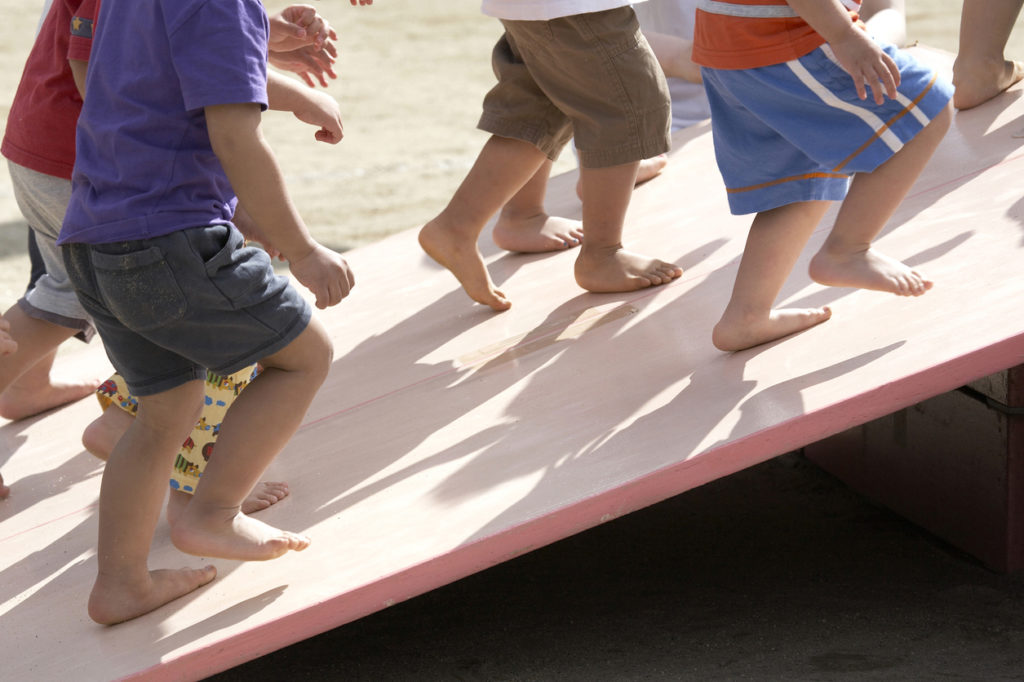
However, even if you are one of the fortunate few to get a coveted spot at one of the ninka centers, limited business hours (usually from 9am to 5pm) and frequent closure on weekends and national holidays still make it difficult for both parents or single parents to work full time at a regular 9 to 6 — or more likely, 9 to 8 — job. This can be a double bind for many women seeking to re-enter the workforce, as they cannot get childcare without a job, but in many cases can’t get a job offer without assured childcare.
There are even extreme cases of couples divorcing on paper in order to get public childcare.
However, if one parent decides to take a part-time job in order to adjust to the child’s new schedule, their chances of getting a place drop dramatically. The point system is very restrictive, with two working parents just being considered the very starting point. As various Japanese news sources are reporting, there are even extreme cases of couples divorcing on paper in order to get public childcare, as single parents and those physically or mentally incapable of caring for their children understandably get priority.
Desperate and lost: Unlicensed daycare facilities
As most childcare centers close in the early evening (usually around 5 pm), those who work night shifts are left with very few options. This has led to the rise of non-certified, unregulated 24-hour daycare facilities, commonly known as ‘baby hotels,’ which prey on desperate parents and single parent families. According to Mainichi Shimbun, as of March 2015, Japan’s Ministry of Health, Labour and Welfare estimated that there were 1,749 such facilities in Japan, with a total of 32,523 children in their care. Extremely expensive, these places are open 24 hours a day and are run by non-qualified staff, which in some cases has led to fatal cases due to inadequate care or violence. Yet despite this, baby hotels are still legal in Japan, continuing to thrive thanks to the slow government response and the restrictive hours of daycare centers.
Caring for the carers
Even if the new childcare services are created, the problem of who will staff them remains in question. Salaries for qualified childcare professionals (once again, commonly women) are so low that it is common for many to quit within a few years only. Compared to the average professional salary in Japan — around ¥325,600 per month — those in charge of Japan’s youngest citizens are only paid an average of ¥214,200.
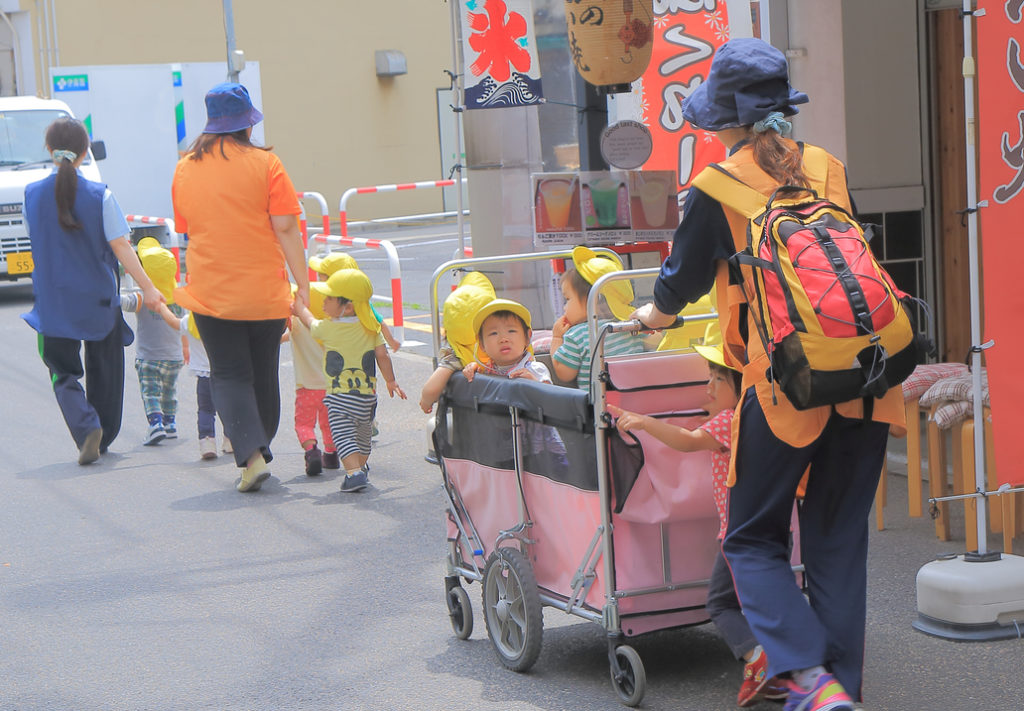
High demand, hard work, minimal pay: Japan’s licensed daycare employees are received far less than the average payment for specialized workers.
According to the Organization for Economic Cooperation and Development (OECD), Japan only spends 0.5% of its GDP on early childhood education, below the international average and about half what most European countries spend.
In December 2017, the cabinet approved a ¥2 trillion budget to expand free child-care services, education and increase the salaries of childcare staff by 2020. While this is a move in the right direction, the proposal still needs work, as the measly ¥3,000 a month raise for childcare professionals proposed in the plan is unlikely to help retain or attract new qualified staff.
Private enterprise to the rescue
Fortunately, we are starting to see private companies picking up the slack. Around 500 have received approval and subsidies to start their own nurseries, including major companies like Bic Camera and Nichiigakkan. This is a positive trend following the example and success of women-friendly Shiseido, which has had a child care center inside its Tokyo headquarters since 2003. Besides being an amazing perk for busy parents, this is also a way for companies to not only retain their current female employees but also attract future talent. Shiseido can attest to the positive outcome of this move, as an impressive 100 percent of female employees return to work for them after maternity leave.
But while we see some light at the end of the tunnel, Japan still has a long way to go in order to improve the situation of women raising children and having careers too. The Japanese government and the society as a whole need to make a concrete effort to make the current point system more flexible and meet the needs of young working couples, increase the number of licensed daycare facilities, and improve the current salaries of accredited child care specialists to avoid driving them away in droves due to economic issues. Once childcare is well-compensated, once it offers possibilities for career advancement to all parents, and once it allows women to have a secure family-life, only then will we see improvements in the entire system.












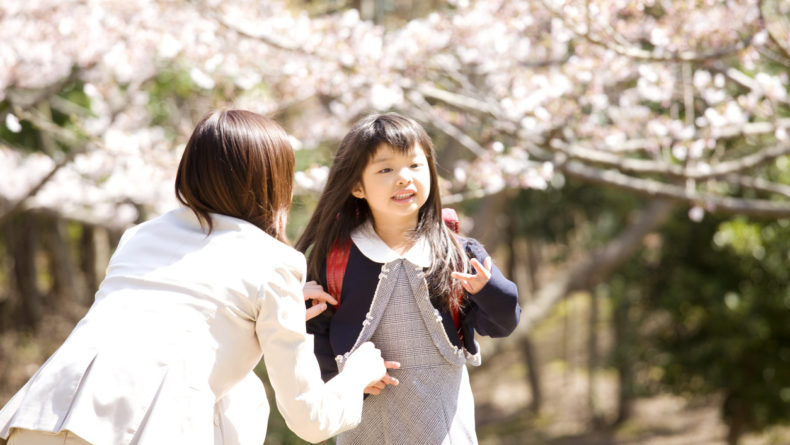


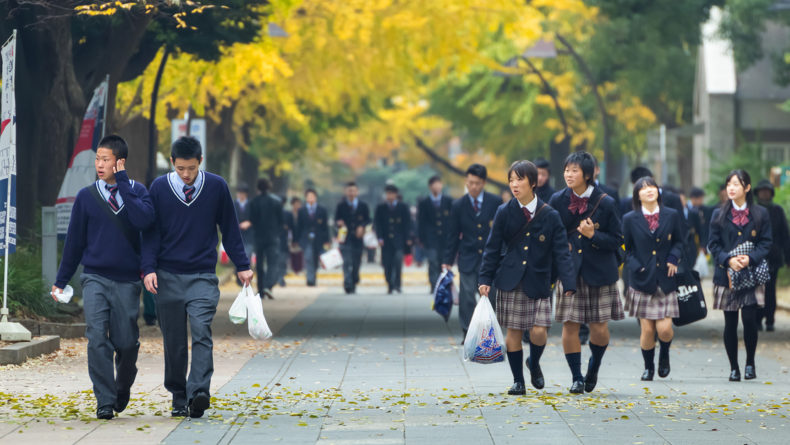
Leave a Reply